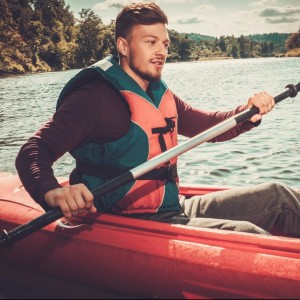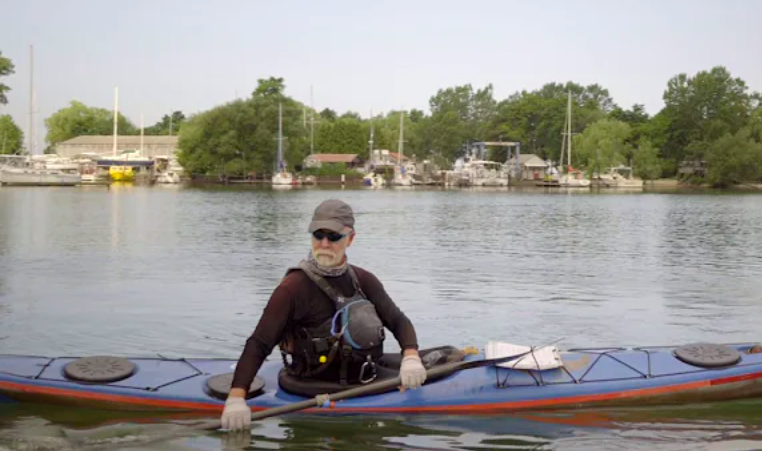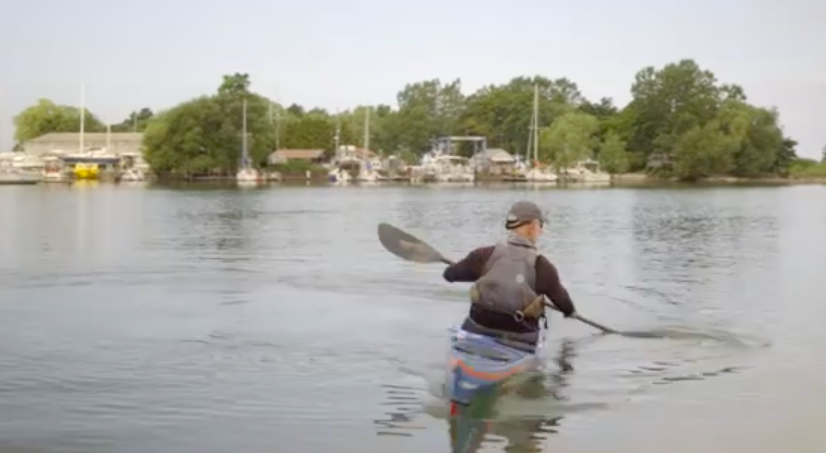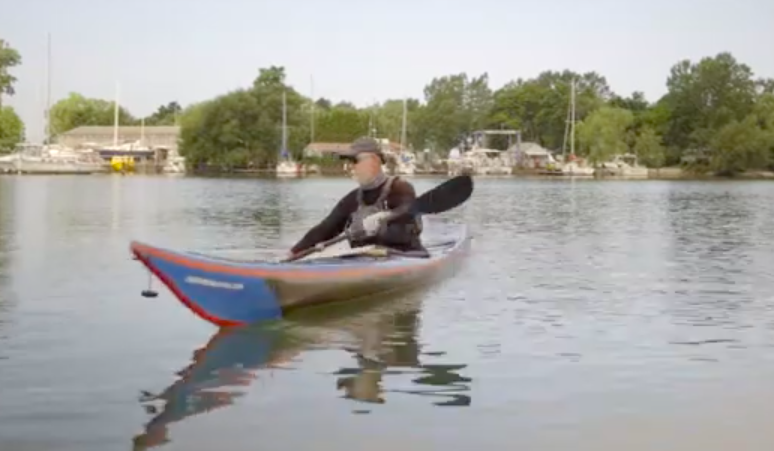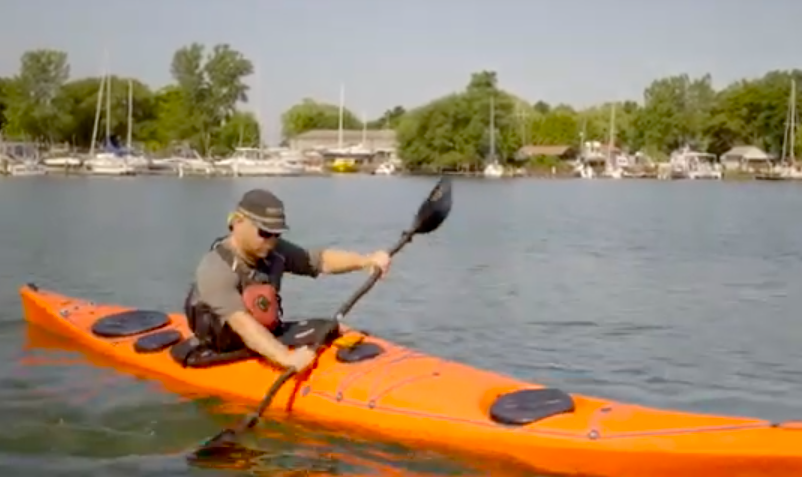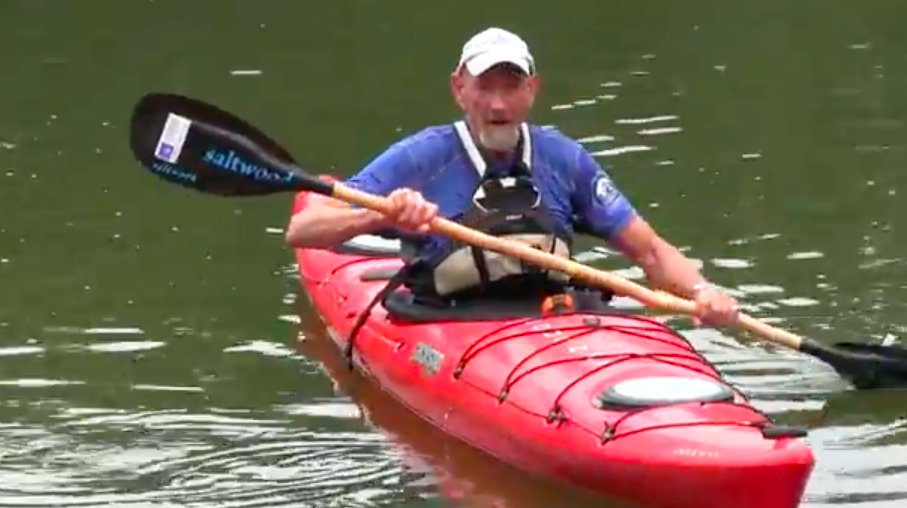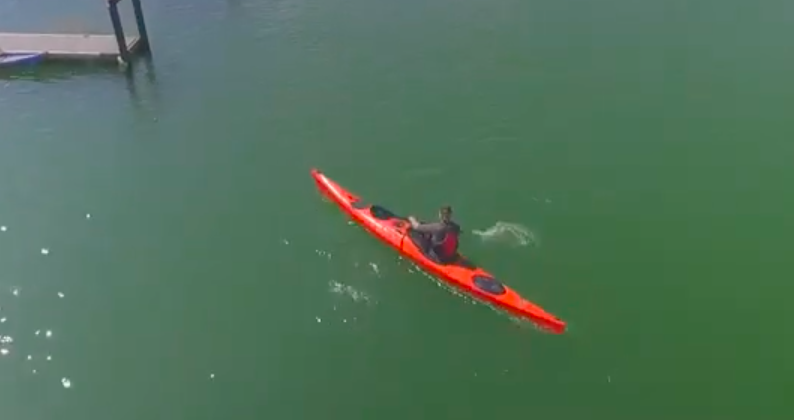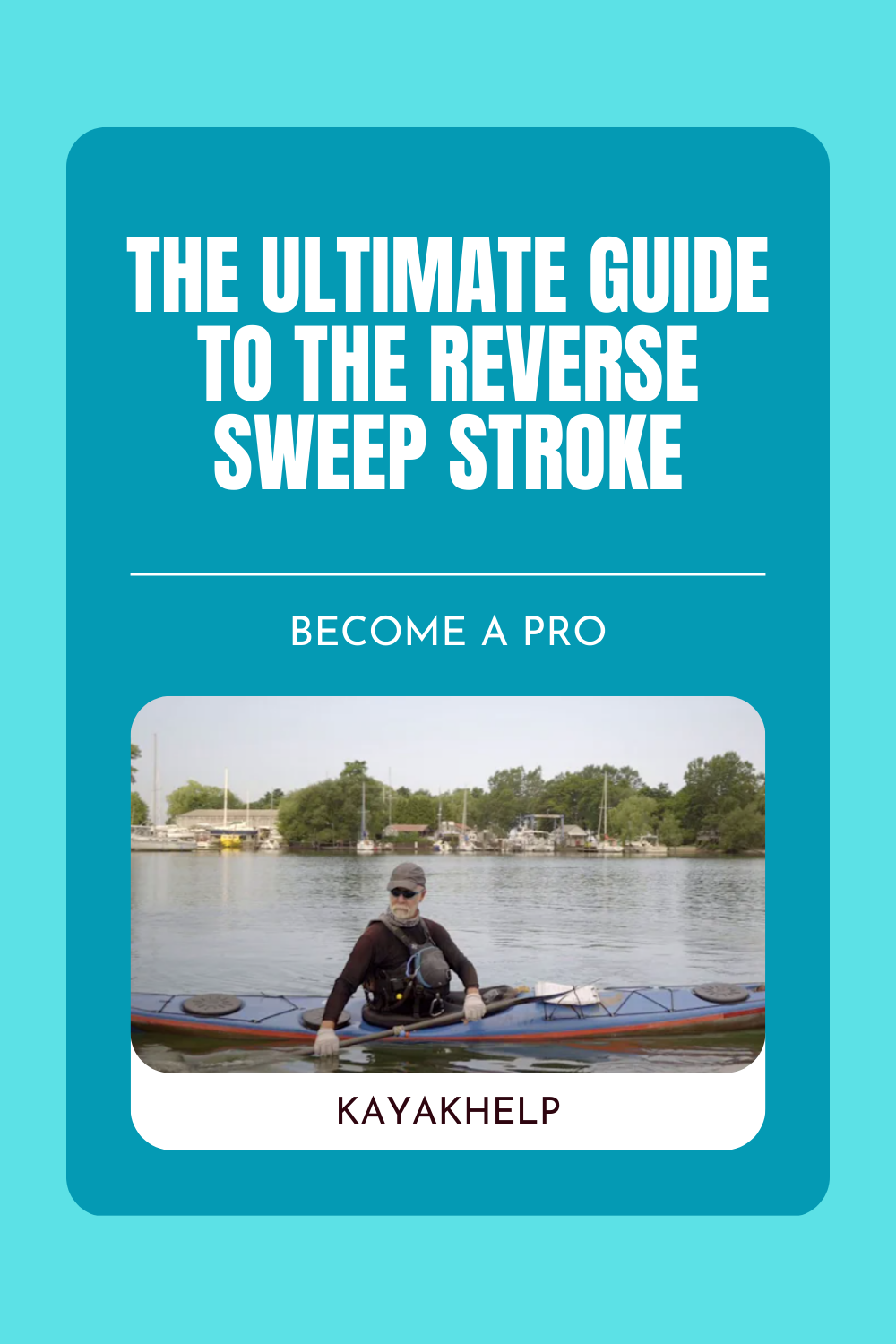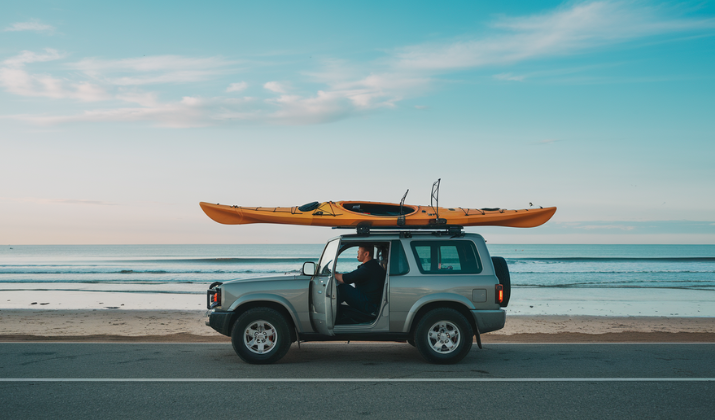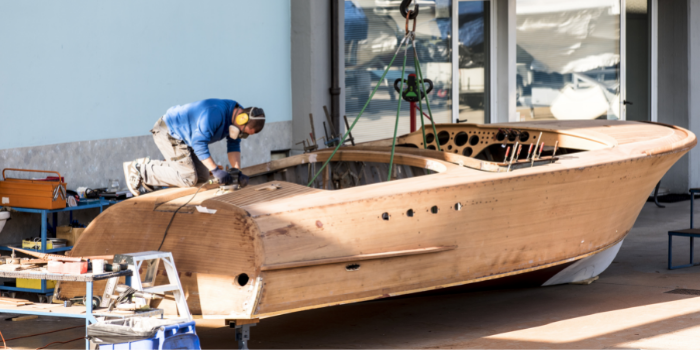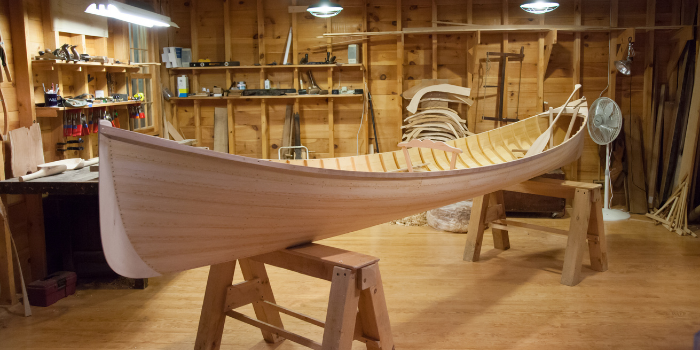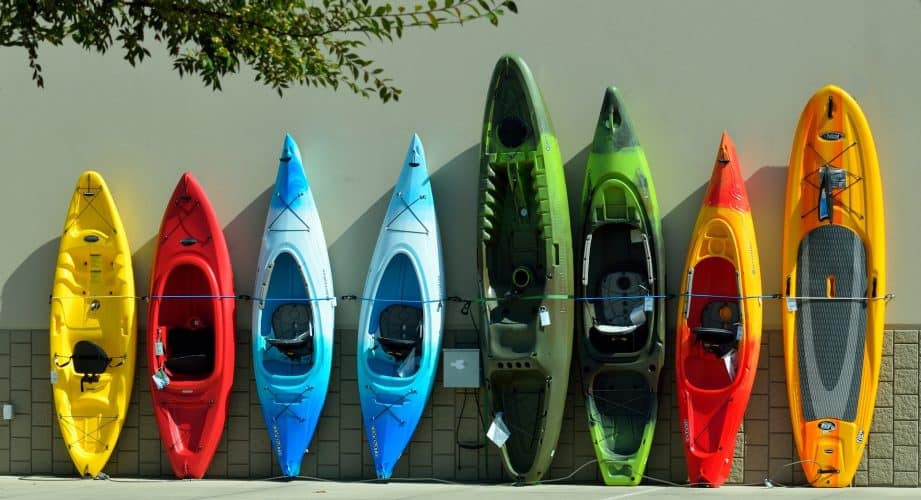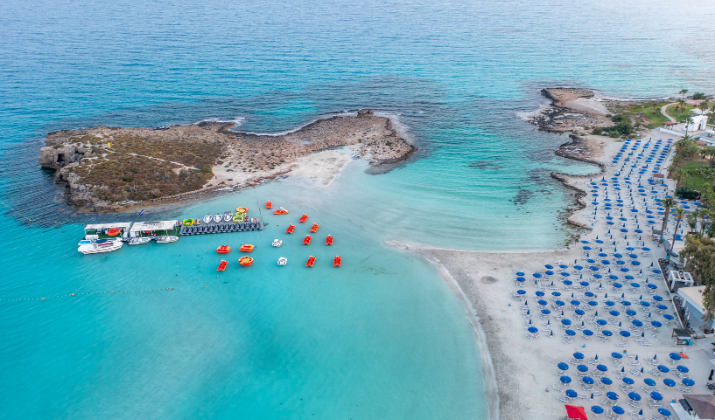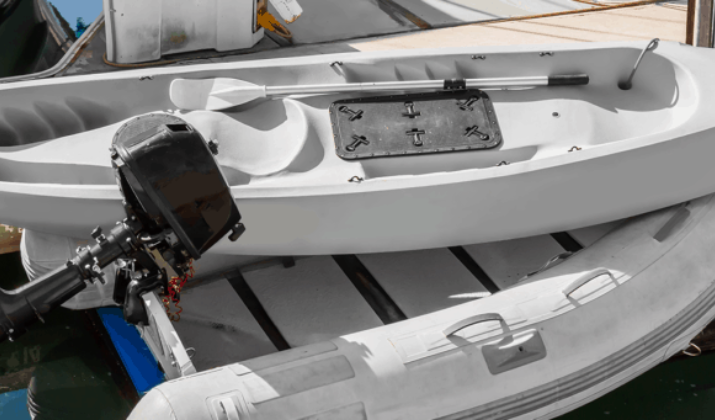The reverse sweep stroke is one of the most versatile and powerful turning maneuvers in kayaking.
Whether you’re navigating tight spaces, performing a quick pivot, or adjusting your position in moving water, mastering this technique will significantly enhance your paddling skills.
Let’s learn more about it.
What is the Reverse Sweep Stroke?
The reverse sweep stroke is essentially the opposite of a forward sweep.
Instead of sweeping from front to back, you’re sweeping from back to front in a wide arc. This stroke is particularly effective for:
- Quick turns while paddling backward
- Spinning your kayak in place
- Maintaining position in current
- Emergency maneuvers
- Fine-tuning your heading while drifting
- Setting up for surfing waves
- Executing advanced playboating moves
Biomechanics of the Reverse Sweep
Core Engagement
- Primary muscles used: Obliques, latissimus dorsi, and rotator cuff muscles
- Secondary muscles: Deltoids, biceps, and lower back muscles
- Power generation comes from rotational force rather than arm strength
- The torso should rotate approximately 45-60 degrees during the stroke
Body Position Dynamics
- Lower Body
- Maintain solid foot contact with foot pegs or braces
- Keep knees slightly bent and pressed against thigh braces
- Use leg pressure to enhance boat control
- Core Position
- Sit upright with good posture
- Engage core muscles throughout the stroke
- Allow hips to rotate slightly with torso movement
- Upper Body
- Keep shoulders level and relaxed
- Maintain flexible wrists
- Allow arms to work as extensions of your torso
Proper Form and Technique
Starting Position
- Rotate your torso toward the side you’ll be paddling
- Place the paddle blade near the stern (back) of your kayak
- Keep your arms relatively straight but relaxed
- Ensure your blade is fully submerged
- Position the blade at approximately 90 degrees to the water surface
The Stroke Sequence
- Initial Phase
- Begin with blade fully inserted behind hip
- Maintain a vertical blade angle
- Start core rotation toward paddling side
- Power Phase
- Sweep blade in wide arc away from kayak
- Keep consistent pressure throughout stroke
- Use core rotation to generate power
- Maintain blade depth throughout sweep
- Exit Phase
- Complete stroke at hip level
- Prepare for next stroke or transition
- Maintain boat momentum through completion
The Extended Reverse Sweep
- Start the stroke further back than normal
- Useful for maximum turning power
- Requires excellent balance and flexibility
- Best used in calm conditions
The Mini Reverse Sweep
- Shorter arc of motion
- Quick directional adjustments
- Less power but more control
- Ideal for fine-tuning direction
The Compound Reverse Sweep
- Combines with other strokes
- Can link multiple sweeps together
- Used in advanced maneuvering
- Essential for playboating
Environmental Applications
Whitewater Kayaking
- Eddy Turns
- Use reverse sweep to control entry angle
- Combine with forward momentum
- Essential for precise positioning
- Ferry Glides
- Maintain angle against current
- Quick adjustments mid-ferry
- Emergency position correction
- Playboating
- Spinning in holes
- Setting up for cartwheels
- Initiating blunts
Sea Kayaking
- Wave Navigation
- Positioning for wave sets
- Maintaining heading in surf
- Quick direction changes
- Wind Management
- Weathercocking control
- Position adjustment in crosswinds
- Combined wind and wave handling
- Coastal Navigation
- Rock garden maneuvering
- Tide race positioning
- Landing approach control
Training Progression
Beginner Level
- Static Practice
- Practice in calm water
- Focus on proper form
- Master basic sweep arc
- Build muscle memory
- Moving Practice
- Add forward momentum
- Practice while drifting
- Combine with basic strokes
- Work on timing
Intermediate Level
- Dynamic Practice
- Practice in varied conditions
- Add speed variations
- Combine with other strokes
- Work on efficiency
- Scenario Training
- Simulate real situations
- Practice emergency turns
- Work on precision
- Build confidence
Advanced Level
- Performance Optimization
- Fine-tune technique
- Maximize efficiency
- Perfect timing
- Master all variations
- Environmental Mastery
- Practice in challenging conditions
- Master all applications
- Develop situational awareness
- Perfect emergency responses
Common Mistakes & Solutions
Technical Errors
- Poor Blade Angle
- Solution: Practice blade awareness
- Use visual references
- Focus on consistent angle
- Insufficient Rotation
- Solution: Exaggerate torso movement
- Practice flexibility exercises
- Focus on core engagement
- Arms-Only Power
- Solution: Lock arms straight
- Focus on torso rotation
- Practice with light pressure
Strategic Errors
- Wrong Timing
- Solution: Practice in varied conditions
- Work on stroke rhythm
- Develop better awareness
- Poor Planning
- Solution: Think ahead
- Practice combination strokes
- Develop better anticipation
Equipment Considerations
Paddle Selection
- Longer paddles provide more leverage
- Blade size affects power and control
- Consider feather angle impact
- Match to your physical capabilities
Kayak Factors
- Different hull shapes affect turning
- Consider waterline length
- Understanding rocker impact
- Edge sensitivity variations
Safety & Risk Management
Environmental Assessment
- Check weather conditions
- Assess water conditions
- Consider traffic and obstacles
- Plan escape routes
Physical Preparation
- Warm up properly
- Maintain flexibility
- Build relevant strength
- Practice regularly
Emergency Procedures
- Know your limits
- Practice recovery techniques
- Maintain awareness
- Keep safety gear accessible
Conclusion
The reverse sweep stroke is more than just a turning technique – it’s a fundamental skill that opens up new possibilities in kayaking.
With proper understanding of biomechanics, consistent practice, and attention to detail, you’ll develop this stroke into an intuitive part of your paddling repertoire.
Take time to master each element before moving on to more challenging applications.

